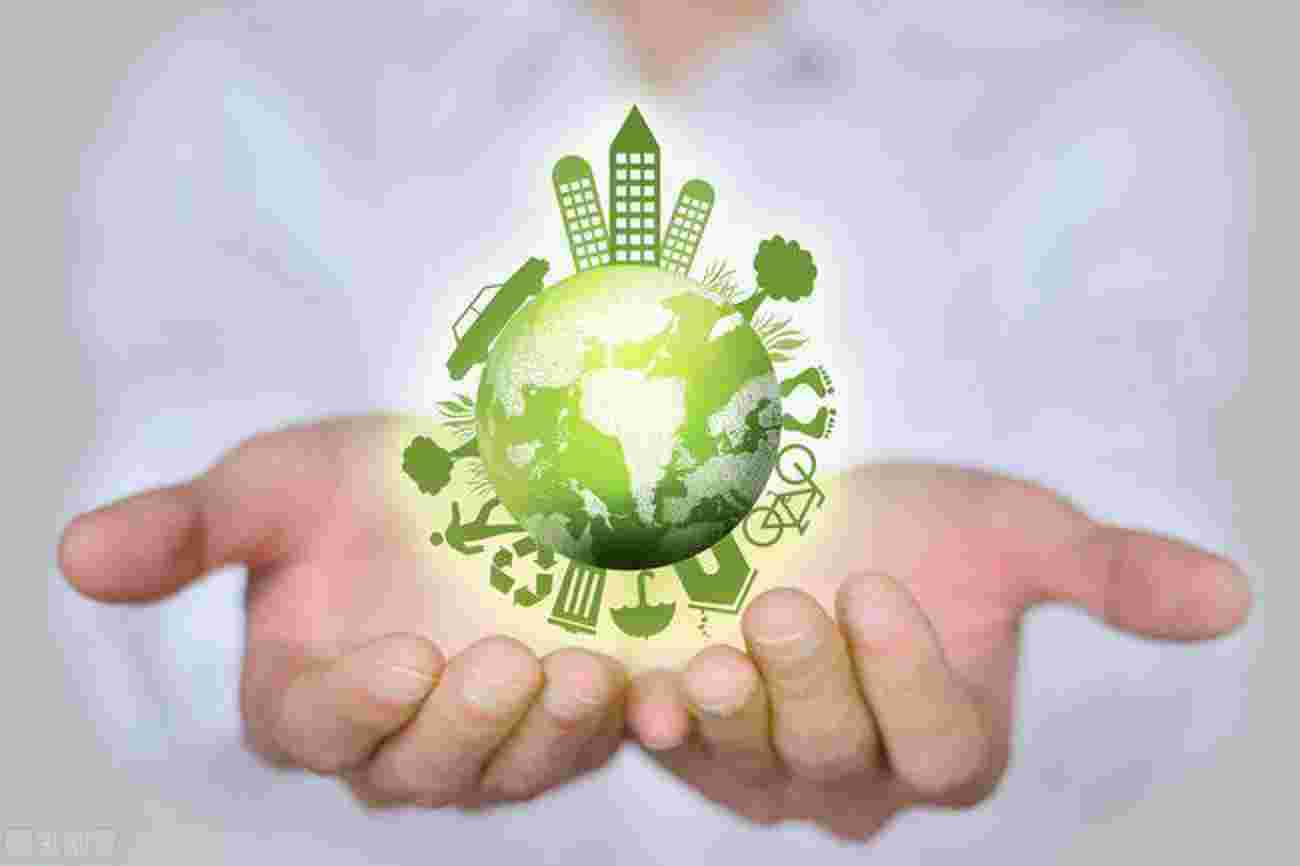Company News
The rapid development of the market has driven widespread attention in the industry, and at the same time different "voices" have emerged. In the broad sense of degradable plastics, in addition to the biodegradable plastics represented by PLA, there are also plastics that can be mechanically split, such as "pseudo-degradable" plastics such as starch filling, photodegradation, and oxidative degradation.
Photodegradable plastics mean that the material will automatically degrade under the action of light. Many photolytic plastics are added with a light agent to the material, which becomes a smaller powder under light conditions, and some are added to the degradable materials. A certain proportion of starch, through the biodegradation of starch is the physical performance of the material. Therefore, after some plastic products are decomposed, they will form dust invisible to the naked eye and stay in the environment for a long time, causing greater danger.
At present, among degradable plastics, PA can theoretically achieve a purer annual degradation product, but in practice, it basically cannot meet expectations. According to the D Techex report, PLA is easier to decompose in compost because of sufficient decomposition temperature, but in the marine environment, PLA is very likely to achieve self-decomposition. Moreover, if PLA is not under the maintenance framework, it will take a long time to achieve real decomposition, and it will take decades to achieve real decomposition.
In addition, after the decomposition of degradable plastics, the products are carbon dichloride, methane and water, among which carbon dioxide and water are important substances, so the decomposition process will also be accompanied by the output of carbon dioxide, which cannot meet the requirements Carbon reduction in the trend of carbon neutrality, the general trend of carbon reduction.





